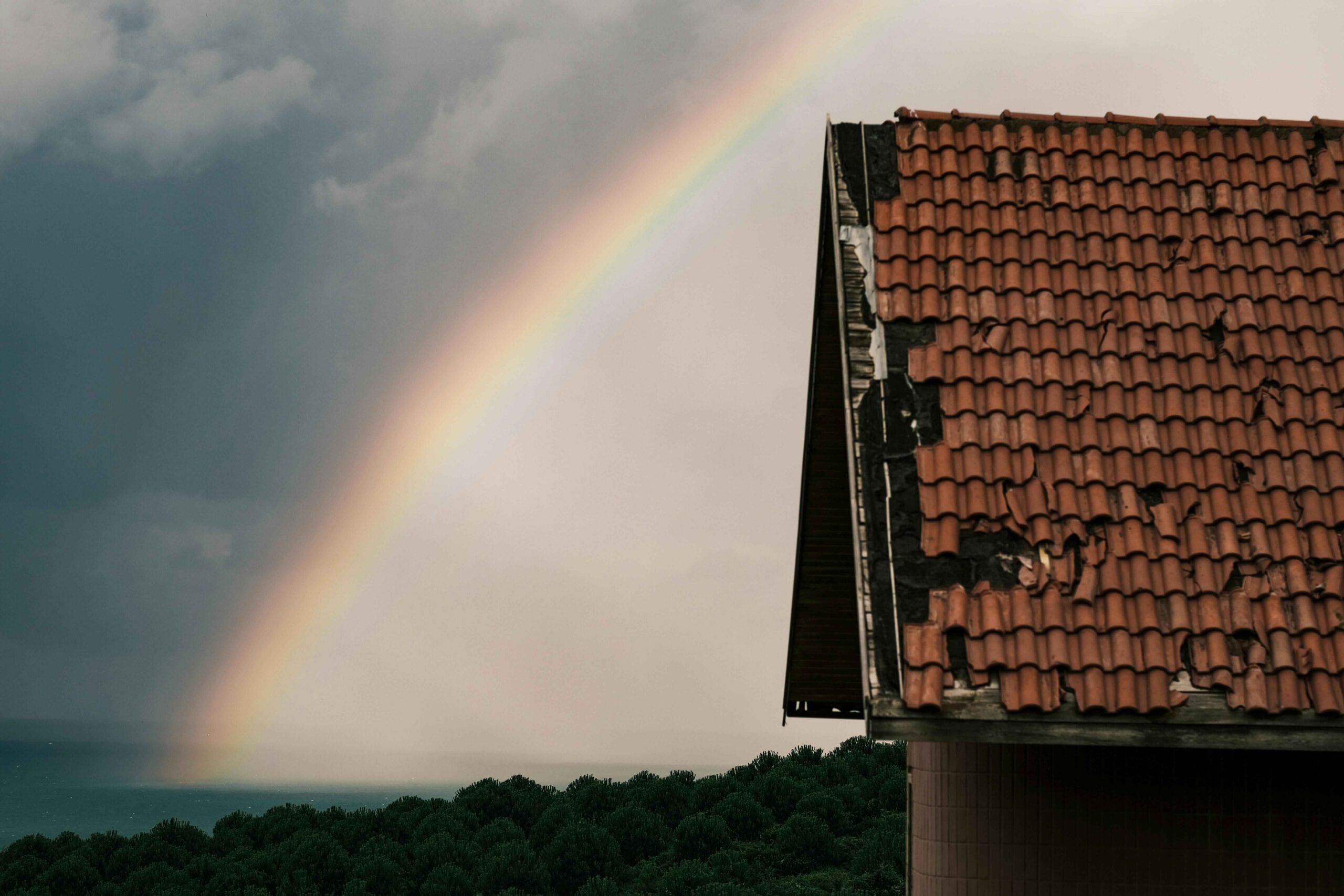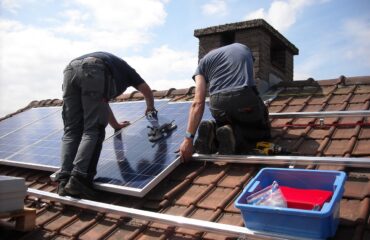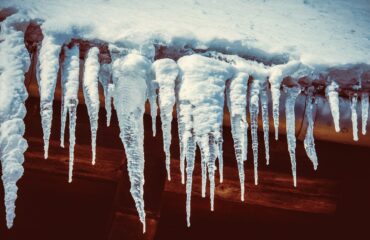A comprehensive roof storm damage checklist involves examining the exterior from various angles, inspecting gutters, and evaluating for water damage inside. The attic evaluation should include searching for stains, mold, and daylight through the roof. Examine shingles for cracks, curling, or missing pieces, and check flashing for damage. Involving a certified roofing contractor for a professional inspection is vital to evaluating the overall roof condition. Keep in mind that this checklist guarantees all potential issues are identified for the structural integrity of your roof.
Initial Exterior Inspection
Perform an initial exterior inspection of your roof to thoroughly assess any potential storm damage. Start by examining the roof from a distance to look for any noticeable signs of damage, such as missing or damaged shingles, sagging areas, or debris accumulation. Walk around the perimeter of your property to get a detailed view of the roof’s condition from different angles. Inspect the gutters and downspouts for any granules from the shingles, which could indicate roof wear.
Check for any signs of water damage on the exterior walls or ceiling, as this may suggest a leak in the roof. Use binoculars to get a closer look at hard-to-reach areas without risking your safety. Look for cracks, dents, or punctures on the roof surface, flashing, and chimney. Take note of any potential issues to discuss with a professional roofer for a more detailed assessment and necessary repairs.
Attic Assessment
Conducting a thorough attic evaluation is essential to identifying potential roof storm damage that may not be immediately visible from the exterior. Begin by inspecting the attic for signs of water intrusion, such as water stains, mold, or mildew. Check the insulation for dampness, as this could indicate a leak in the roof. Look for any daylight coming through the roof boards, as it may signify gaps or holes that must be addressed. Moreover, the attic should be examined for any debris or branches that may have penetrated the roof during the storm.
Inspect the attic’s structural components, such as rafters and trusses, for any signs of water damage, warping, or cracks. These could indicate that the roof has been compromised. Pay close attention to the underside of the roof decking for water stains or mold growth, which are clear indicators of a leak. Document any findings with photographs and notes to provide detailed documentation for insurance claims. Conducting a thorough attic evaluation is essential in identifying hidden storm damage and ensuring the roof’s overall integrity.
Shingle and Flashing Examination
Upon close examination of the roof, closely inspect the condition of the shingles and flashing to identify any potential storm damage. Begin by scrutinizing the shingles for signs of cracking, curling, or missing pieces. Look for granule loss, which can indicate aging or impact damage. Pay attention to areas where the shingles appear lifted or loose, as this could result from high winds during a storm. Check for any dark patches on the shingles, which may suggest water penetration.
Moving on to the flashing, examine these metal pieces around chimneys, vents, and skylights. Confirm that the flashing is securely in place and not bent or damaged. Look for signs of rust or corrosion, which could weaken the flashing’s effectiveness in preventing water intrusion. Any gaps between the flashing and adjacent materials should be observed, which could lead to leaks.
Thoroughly documenting any issues with the shingles and flashing will help determine the extent of storm damage and necessary repairs.
Professional Roof Inspection
Engage a certified roofing professional to inspect the roof following a severe storm event thoroughly. A professional roof inspection is vital to assess and document any damage accurately. During the inspection, the roofing expert will carefully examine the shingles, flashing, gutters, vents, and other roof components for signs of storm-related issues such as cracks, leaks, loose or missing materials, and potential structural damage.
The certified roofer will also inspect the attic and ceiling for water stains, mold growth, or other indicators of water infiltration. Moreover, they will assess the roof’s overall condition, including its age, quality of installation, and any pre-existing damage that the storm may have exacerbated.
After the inspection, the roofing professional will provide a detailed report outlining the findings, recommended repairs, and estimated costs. This report is essential for insurance claims and ensuring that all necessary repairs are addressed promptly to prevent further damage to the roof and the home’s interior.
Other Roofing Tips:





